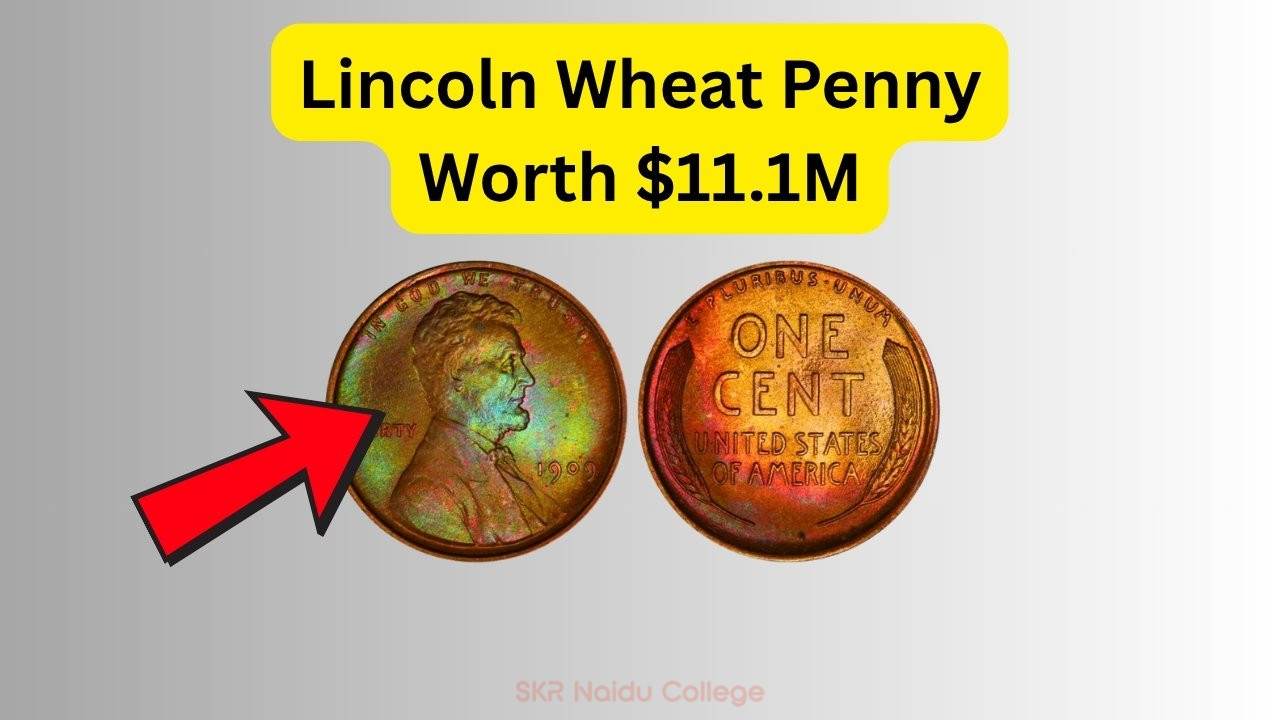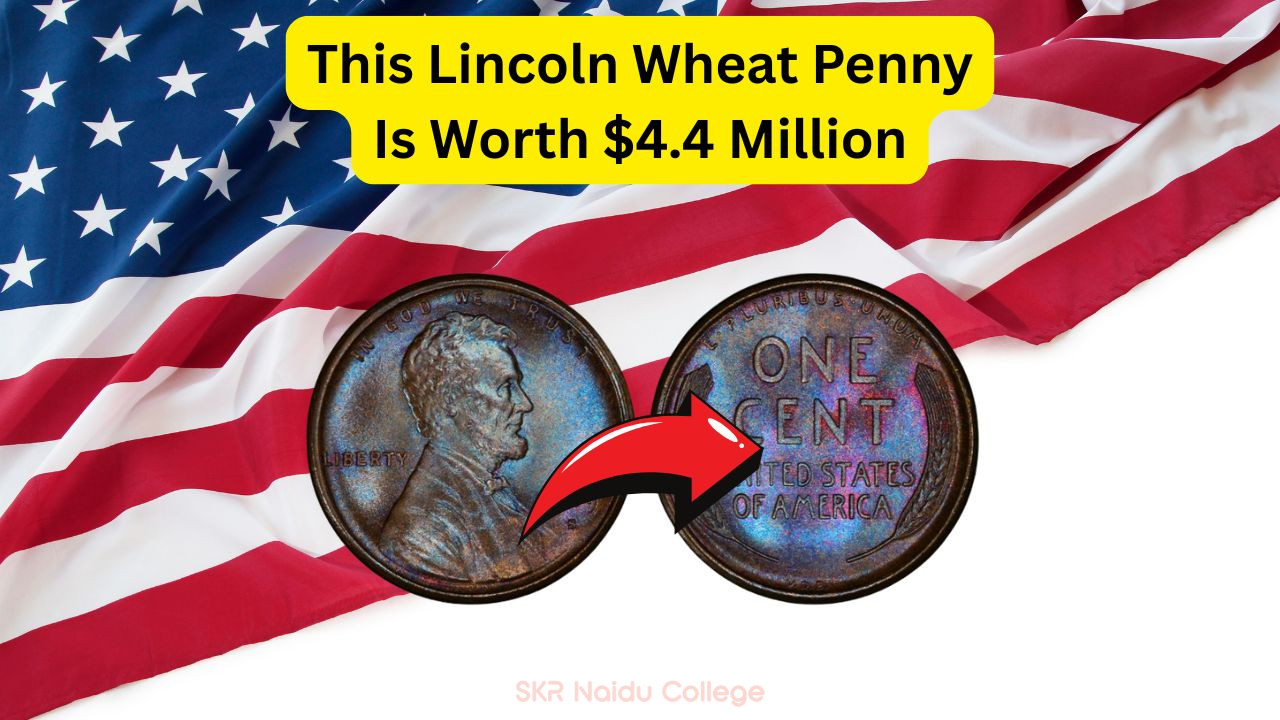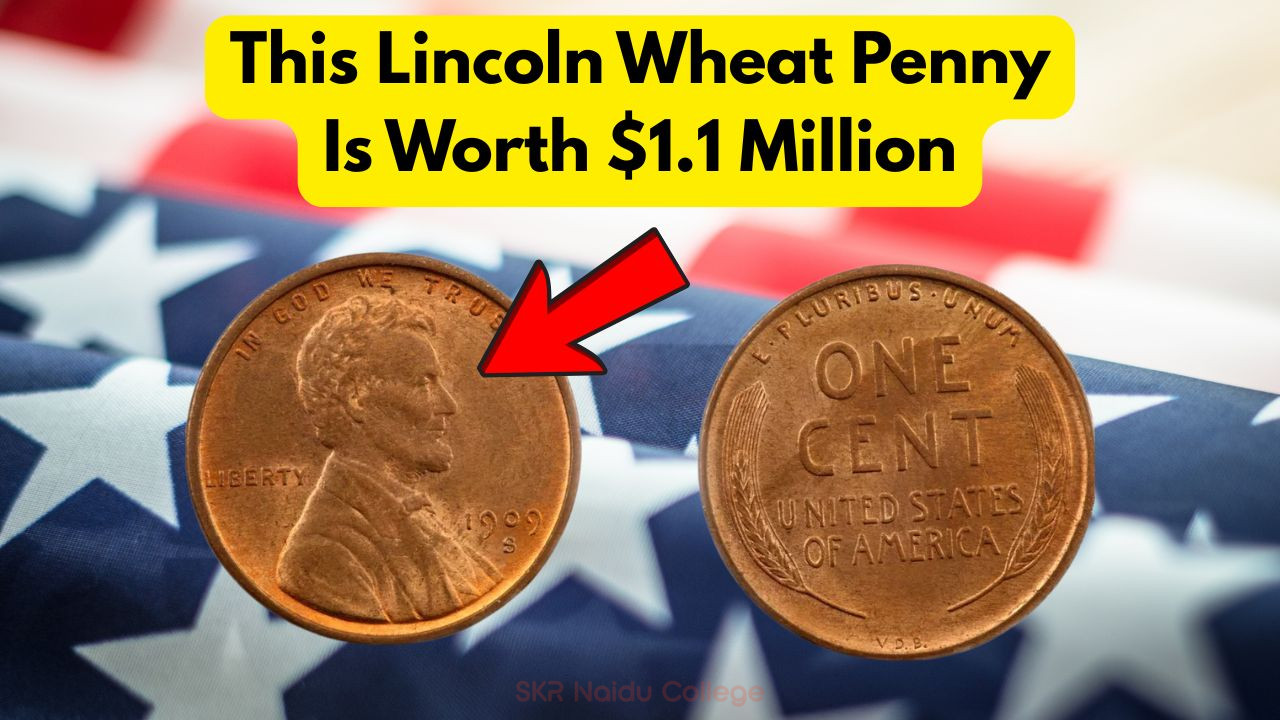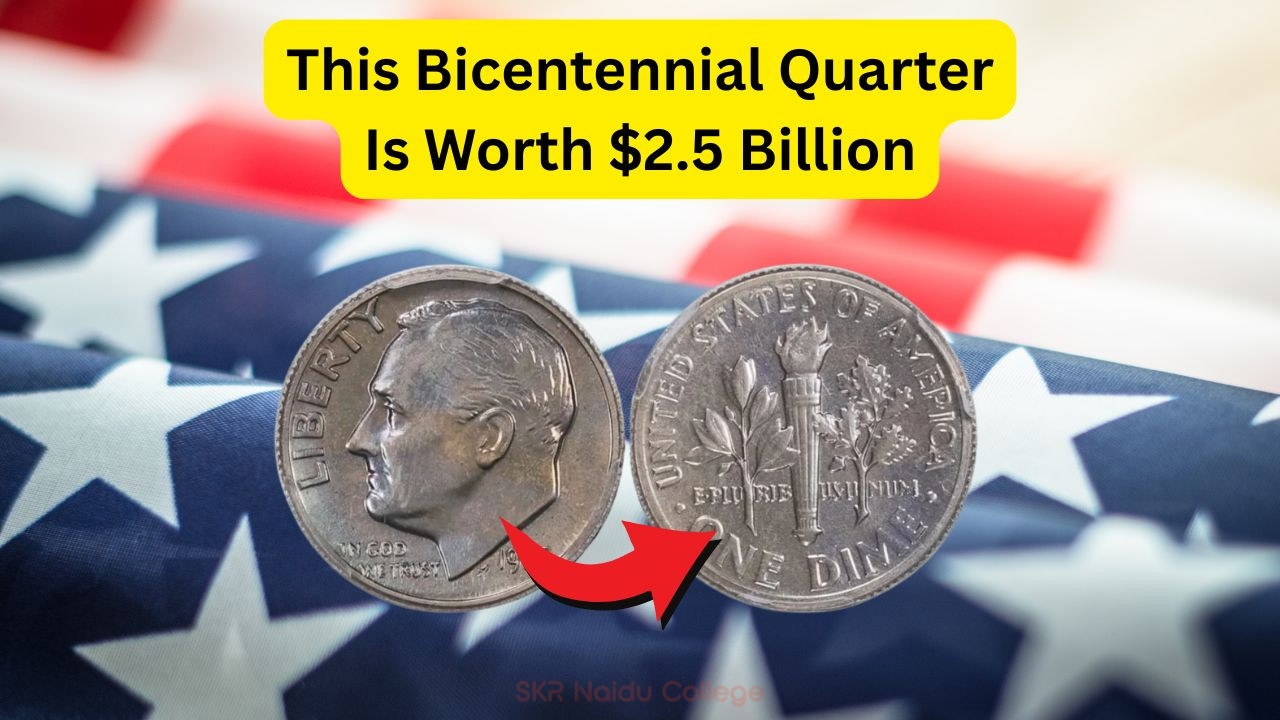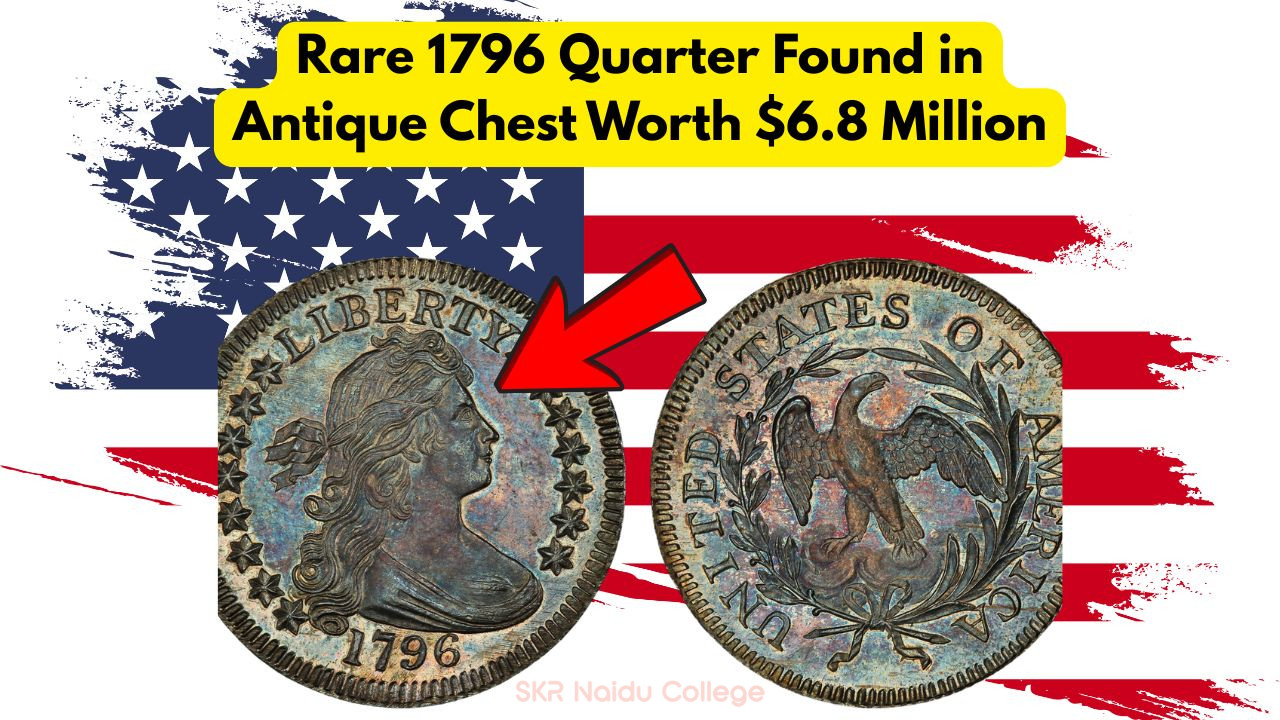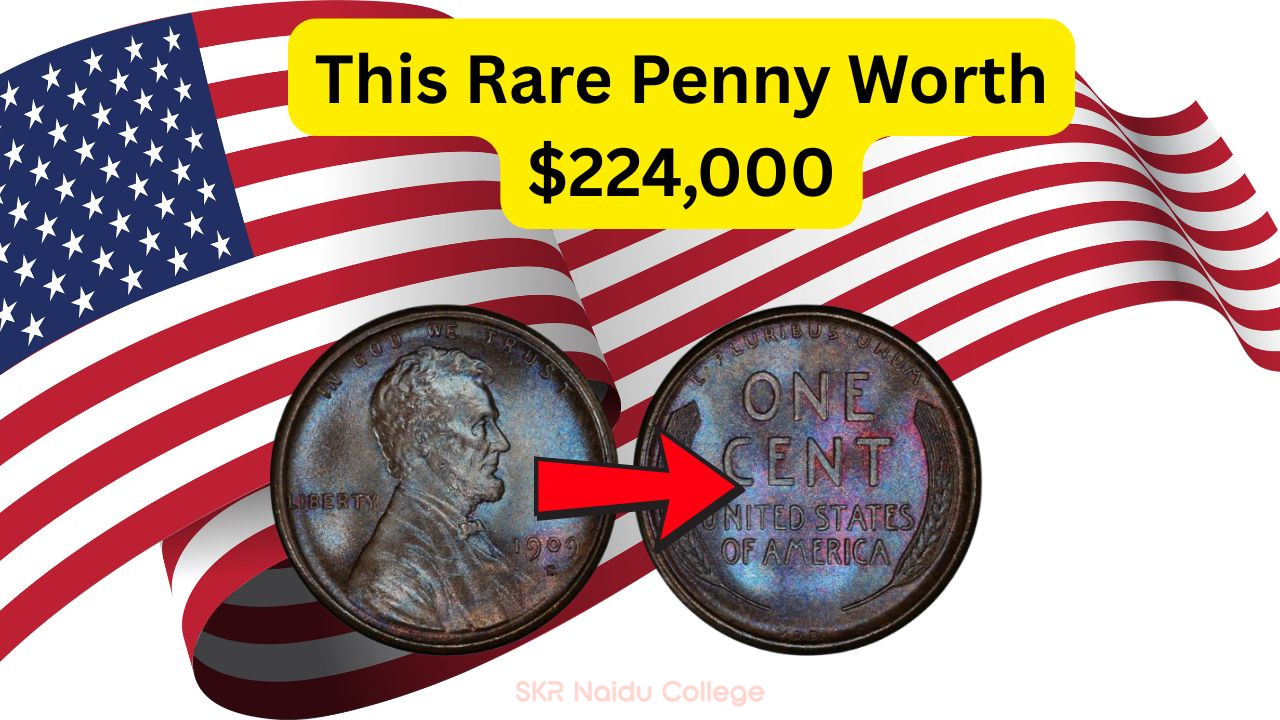Rare Lincoln Wheat Penny
Rare Lincoln Wheat Penny Worth $11.1 Million
Rare Lincoln Wheat Penny: Imagine reaching into your pocket to find a penny, only to discover that it’s worth millions. This is not just a fantasy for some lucky individuals who stumbled upon the rare Lincoln Wheat Penny, which is now valued at a staggering $11.1 million. This penny, with its distinctive design and historical significance, has fascinated collectors and enthusiasts alike, turning ordinary individuals into millionaires overnight.
- Historical Significance
- Unique Features
- Collector Demand
- Market Trends
- Investment Potential
- Preservation Tips
- Where to Find Them
The History Behind the Lincoln Wheat Penny
The Lincoln Wheat Penny was first minted in 1909, marking the centennial of President Abraham Lincoln’s birth. Its creation was a significant departure from previous designs, as it was the first U.S. coin to feature a real person. The penny’s obverse displays a profile of Lincoln, while the reverse showcases two wheat stalks, symbolizing prosperity. The combination of these elements made the coin highly popular and collectible. Over the years, various versions were produced, with some specific mintages becoming exceedingly rare due to errors or limited production. These rarities have made the Lincoln Wheat Penny a prized possession among numismatists.
| Year | Mint Mark | Design | Metal | Rarity | Value Range | Significant Features | Current Market |
|---|---|---|---|---|---|---|---|
| 1909 | VDB | Lincoln | Copper | High | $1,000 – $11.1 million | Initials on reverse | Rising |
| 1943 | D | Steel | Steel | Moderate | $100 – $10,000 | Steel composition | Stable |
| 1955 | None | Lincoln | Copper | High | $1,500 – $75,000 | Double die | Rising |
| 1922 | No D | Lincoln | Copper | High | $1,000 – $30,000 | Mint error | Stable |
| 1909 | None | Lincoln | Copper | Moderate | $50 – $500 | First year | Stable |
| 1914 | D | Lincoln | Copper | High | $500 – $5,000 | Low mintage | Rising |
| 1931 | S | Lincoln | Copper | Moderate | $100 – $1,000 | Low mintage | Stable |
How to Identify a Rare Lincoln Wheat Penny
Identifying a rare Lincoln Wheat Penny requires a keen eye for detail and an understanding of the coin’s history. Key factors include the coin’s mint mark, year of production, and unique features like minting errors or design variations. Collectors often use magnifying tools to examine coins closely, looking for distinguishing characteristics such as the “VDB” initials on the 1909 penny or the double die error on the 1955 version. These features, while subtle, can significantly impact the coin’s value. Additionally, checking the coin’s overall condition, including wear and tear, is crucial in determining its worth.
- Mint Marks
- Year of Production
- Design Variations
- Minting Errors
- Overall Condition
- Unique Features
Where to Search for Rare Lincoln Wheat Pennies
Finding a rare Lincoln Wheat Penny can be an exciting treasure hunt. Start by checking common places where coins accumulate, such as piggy banks, old purses, or jars of change. Yard sales, flea markets, and antique shops can also be gold mines for discovering rare coins. Additionally, attending coin shows or visiting coin shops allows collectors to browse through curated selections of coins, increasing the chance of finding a valuable piece. Online marketplaces and auction sites are also popular venues for purchasing rare pennies, though buyers should exercise caution and verify authenticity before making a purchase.
| Location | Type | Opportunity | Verification | Price Range |
|---|---|---|---|---|
| Piggy Banks | Personal | High | Self | Free |
| Yard Sales | Local | Moderate | Self | $1 – $100 |
| Antique Shops | Professional | Moderate | Expert | $10 – $500 |
| Online Auctions | Global | High | Expert | $100 – $10,000 |
Investing in Rare Lincoln Wheat Pennies
Investing in rare Lincoln Wheat Pennies can be a lucrative venture for those willing to delve into the world of numismatics. Understanding market trends, historical significance, and the rarity of specific coins can guide investment decisions. It’s essential to stay informed about the latest auction results and price fluctuations, as these factors directly impact the value of rare pennies. Building a diversified collection of coins with varying degrees of rarity and condition can help mitigate risk and increase potential returns.
- Market Trends
- Historical Significance
- Rarity
Preserving Your Rare Lincoln Wheat Pennies
- Proper Storage
- Climate Control
- Avoiding Handling
- Using Coin Holders
- Regular Inspections
The Future of Rare Lincoln Wheat Pennies
The future of rare Lincoln Wheat Pennies looks promising as interest in coin collecting continues to grow. With more people recognizing the historical and monetary value of these coins, demand is likely to increase, driving up prices. Technological advancements, such as online platforms for buying and selling coins, have expanded access for collectors worldwide, further fueling interest in rare pennies. As the market evolves, collectors and investors should remain vigilant, adapting to changes and seizing opportunities as they arise.
- Growing Demand
- Technological Advancements
- Market Expansion
- Adapting to Changes
- Seizing Opportunities
FAQs About Rare Lincoln Wheat Pennies
- What makes a Lincoln Wheat Penny rare? Factors such as minting errors, low mintage, and unique design features contribute to a penny’s rarity.
- How can I verify the authenticity of a rare penny? Consult with professional numismatists or use reliable online resources to authenticate coins.
- What is the best way to store rare pennies? Store them in a cool, dry place using protective coin holders to prevent damage.
- Are Lincoln Wheat Pennies a good investment? With their historical significance and potential for high returns, they can be a valuable addition to an investment portfolio.
Rare Lincoln Wheat Pennies are more than just coins; they are pieces of history that hold immense value for collectors and investors alike. Whether you’re a seasoned numismatist or a curious beginner, the journey of discovering and preserving these rare gems can be both rewarding and profitable.
- Discover more about rare coinshere
- Explore coin collecting tipshere
- Find out how to start your collectionhere
Ready to start your coin collection?Click here
Lincoln Wheat Penny
Coin Collecting
InvestmentPotential
Rare Coins
Numismatics
Preservation
Future Trends
MarketGrowth
